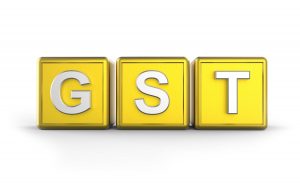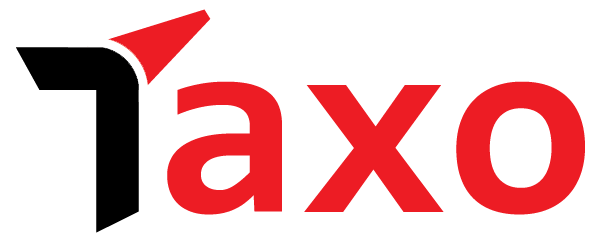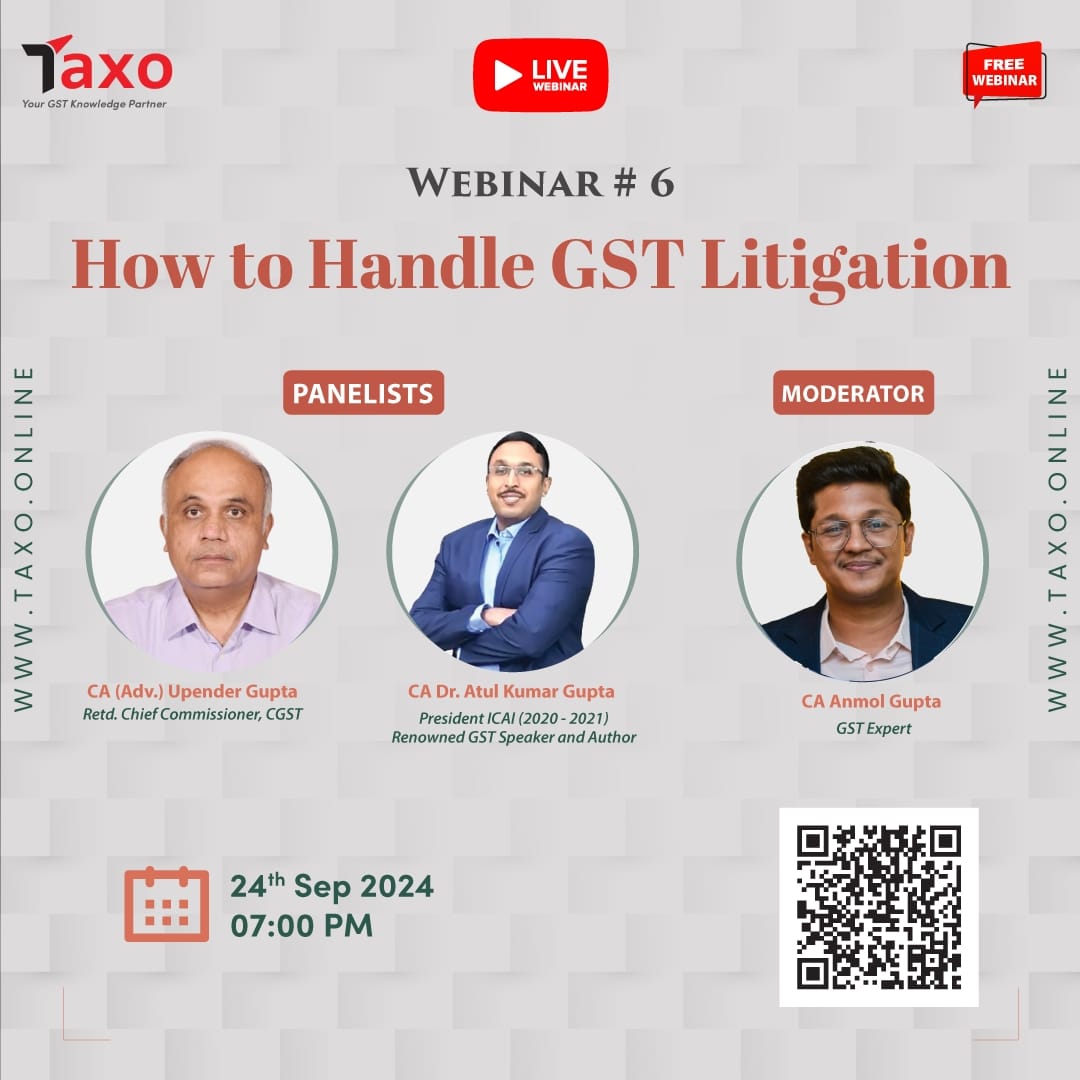 Two categories of items currently under the 12 percent GST rate – medicines and tractors – have emerged as sticking points in the effort to do away with the tax slab altogether despite consensus, with states weighing tax implication and socio-economic impact of such a move, Moneycontrol has learnt from people familiar with the development.
Two categories of items currently under the 12 percent GST rate – medicines and tractors – have emerged as sticking points in the effort to do away with the tax slab altogether despite consensus, with states weighing tax implication and socio-economic impact of such a move, Moneycontrol has learnt from people familiar with the development.
The potential revenue loss from removing these two items is estimated at Rs 3,000–4,000 crore, government sources have said.
Tax inversion refers to a situation where the GST rate on inputs (raw materials or services used in production) is higher than the GST rate on the final product or output. This leads to accumulated Input Tax Credit (ITC), which the producer cannot fully utilise or claim back efficiently, thereby impacting cash flows.
Sticking Point
“There is consensus on removal of the 12 percent slab, but a Rs 3,000-4,000 crore revenue loss has to be made up from some other items. Most items can be moved out, but these two – medicines and tractors – are the sticking point,” one government source involved in the deliberations told Moneycontrol on condition of anonymity.
Sources said that these essential healthcare items – if moved to the 5 percent slab – would add significantly to a potential shortfall in revenue. “Medicines are at 12 percent, they will have to be moved to 5 percent, but that creates a revenue gap.”
On tractors, the prevailing suggestion is full exemption without input tax credit (ITC) to avoid a situation where tax paid on inputs exceeds the tax on final output. “Tractors can’t be put in 18 percent, so the only feasible option is to exempt them without ITC. That way, no ITC is claimed, and inversion is avoided,” the source added.
Tricky Balancing Act
To offset the shortfall, raising GST on luxury goods such as high-end shoes and premium items was discussed. However, low consumption in this segment limits the potential for revenue recovery. “On luxury goods like high-end shoes, it was discussed to increase tax to compensate for this revenue loss, but consumption is low and is not covering the Rs 4,000 crore gap,” said the source.
While rationalisation is a key reform objective, balancing revenue implications without burdening essential sectors such as health and agriculture remains a challenge. Medicines – both allopathic and traditional – are essential goods, hence taxing them at a higher rate would increase retail prices, thus burdening consumers – especially low-income households – and impact access to basic healthcare. Tractors are classified as essential agricultural machinery, hence raising GST would directly increase the input costs for farmers.
The 12 percent GST slab has for long been seen as a mid-tier bracket complicating compliance and revenue neutrality. A simplified three-rate structure – 5 per cent, 18 per cent, and 28 per cent for demerit goods – remains under active consideration.
Source: Money Control


